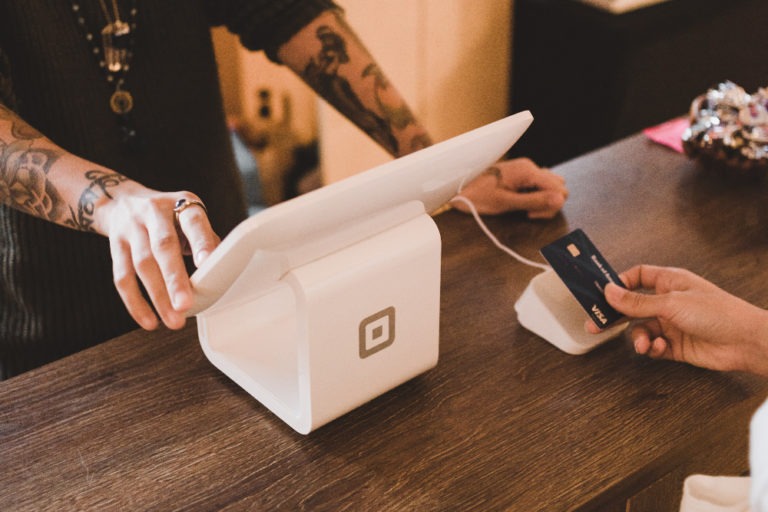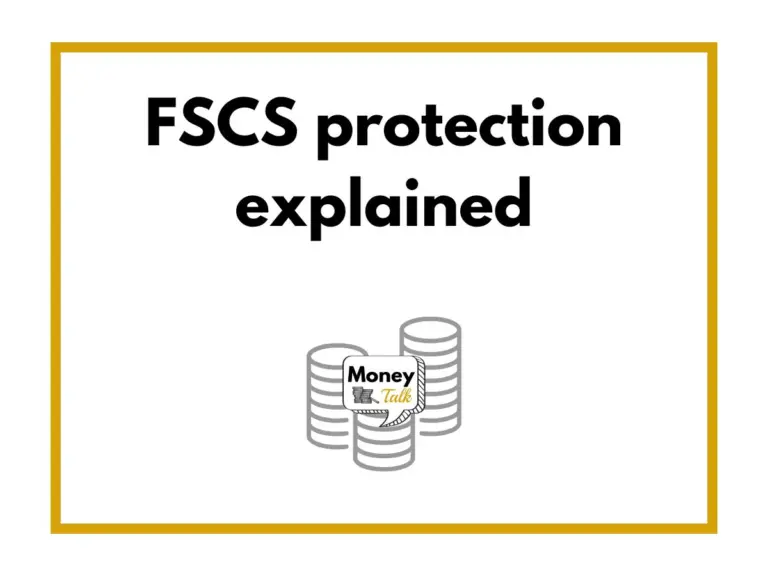Bank transfers are changing to combat scams
Money Talk is intended to inform and educate; it's not financial advice. Affiliate links, including from Amazon, are used to help fund the site. If you make a purchase via a link marked with an *, Money Talk might receive a commission at no cost to you. Find out more here.
The six largest banking groups in the UK are rolling out a process known as “Confirmation of Payee” by the end of the year.
Previously, bank transfers will go through as long as you have the account number and sort code right, even if the name is wrong.
It meant consumers could accidentally send payments to the wrong person if they messed up just one number.
It was also a loophole that fraudsters took advantage of, by tricking you into sending money to the wrong account.
How Confirmation of Payee works
Confirmation of Payee, which was first announced in 2018, lets you check the name of the person on the account before proceeding with the payment.
Once you plug in the bank details of your payee, there should be an extra step where your bank tries to match up those details with the receiving bank.
If the details don’t match, you’ll get an alert asking whether you want to proceed with the payment, which would be at your own risk.
However, Confirmation of Payee only works if both your banks have signed up to the scheme.
If not then you’ll get an alert to say no match found or that a check cannot be done.
When Confirmation of Payee is rolling out
If you bank with Natwest, HSBC or Lloyds, your bank should already have been in touch with you about it.
But the roll out at other banks have been delayed by coronavirus.
Santander and Co-Op, for example, are currently aiming for the end of June.
Meanwhile, TSB is working to a deadline of the end of October and Barclays is yet to confirm when it will be ready.
Read more: How scam victims can get their money back







